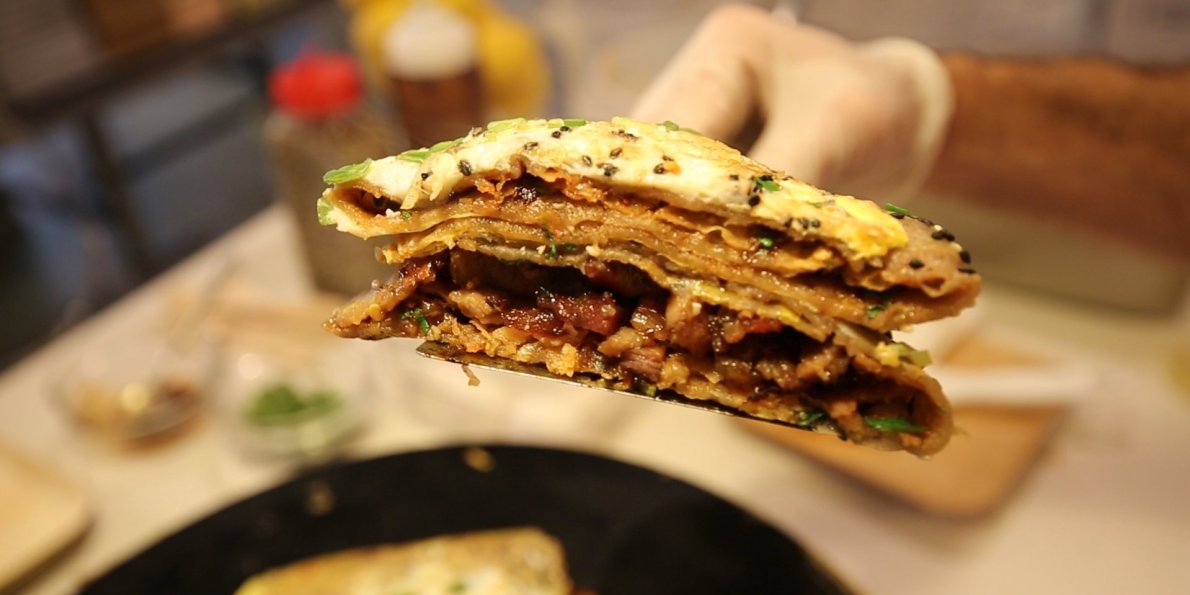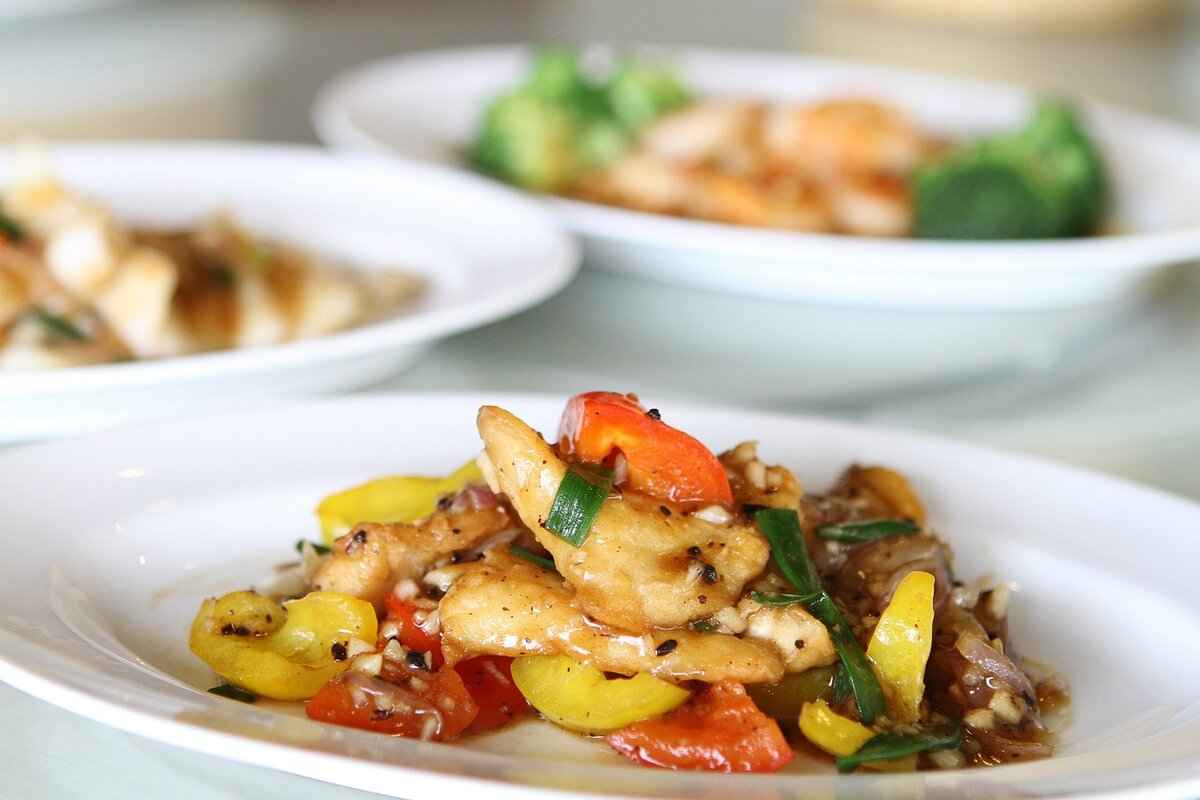Savoring Beijing Jianbing in Bustling Hutong Streets

Hey there, fellow travelers! If you’re planning a trip to China and dreaming of authentic experiences, there’s nothing quite like savoring a freshly made Beijing jianbing right in the heart of bustling hutong streets. Here at jusha.travel, we love sharing tips to make your China journey unforgettable—think mouthwatering bites that transport you to the soul of northern Chinese cuisine. Jianbing isn’t just food; it’s a slice of China famous street food culture, wrapped in the charm of ancient alleys. But what makes this crepe so special? How do you find it amidst Beijing’s labyrinthine neighborhoods? And why should it be part of your Beijing travel tips? Let’s dive into this savory adventure, blending flavors, history, and practical China travel guide insights to elevate your culinary explorations.
As a passionate blogger for jusha.travel, dedicated to uncovering China’s hidden gems in culture, food, and tech, I can’t wait to show you how indulging in Beijing jianbing captures the essence of China famous street food experiences.
What Exactly is Beijing Jianbing?

Let’s start with the basics. Beijing jianbing—often simply called “jianbing”—is a beloved staple of China famous street food, especially in northern China. This savory crepe traces its origins back to the Three Kingdoms period over 2,000 years ago, when it was reportedly invented by the strategist Zhuge Liang as quick nourishment for soldiers [source]. Made from a batter of mung bean or wheat flour poured onto a hot griddle, it gets its magic from a cracked egg spread thinly, infused with green onions, cilantro, pickled vegetables like zhàcài, and sometimes additions such as sausage or ham [source].
The finished product is a crispy, aromatic delight—a perfect balance of textures and bold flavors, often finished with hoisin, chili, or bean sauce [source]. In Beijing, it’s evolved to include unique twists, from crispy baocui crackers to vegetarian options, making jianbing democratic and versatile. Whether custom-ordered spicy or mild, this crepe packs nutritional punch and cultural history. For a deeper dive into Chinese culinary traditions, check out our guide on dim sum experiences, which mirrors this grassroots food philosophy.
Visiting Beijing? Include jianbing in your Beijing travel tips as an affordable breakfast or snack—typically costing just 10-15 yuan (about $1.50-2). It’s quick to prepare and even quicker to devour, embodying the fast-paced energy of modern China while honoring ancient roots.
The Magical Charm of Hutong Streets in Beijing

Now, imagine eating Beijing jianbing not in some sterile café, but amid the vibrant, chaotic energy of Beijing’s hutongs—those narrow alleyways that define the city’s traditional heart. Hutongs, dating back to the Yuan dynasty (13th-14th century), are more than streets; they’re living neighborhoods where courtyard homes (siheyuan) foster close-knit communities [source]. From early morning, food stalls transform these alleys into culinary hubs, serving dumplings, noodles, and—yes—Taiwanbing [source].
Places like Nanluoguxiang or Yandai Xiejie buzz with tourists and locals alike, offering that authentic Beijing vibe. Cycling or strolling these paths lets you soak in daily rituals, from tai chi sessions to impromptu conversations. Hutongs represent Beijing’s duality—ancient traditions blending with urban hustle, and jianbing stalls are right in the thick of it. It’s a cultural immersion that’s hard to replicate elsewhere. For more on why night markets enhance food adventures, our post on China’s night markets expands on this vibrant scene.
Pro tip for your China travel guide: Visit hutongs early to catch vendors at their freshest, and use apps like Meituan for recommendations. It’s a sensory feast—scents of sizzling batter mixing with bicycle bells and vendor calls [source]. These alleys also highlight Beijing’s urban evolution, where modernization respects (or at least coexists with) heritage, making them ideal for experiencing China culinary experiences.
How to Track Down and Enjoy the Best Jianbing

Alright, you’re sold on the idea—now how do you actually hunt down Beijing jianbing? In hutongs, look for mobile carts or stalls at intersections, like those in Mao’er Hutong. Vendors perform a practiced dance: stirring batter, cracking eggs, scattering toppings, all in under two minutes [source]. Many stalls personalize orders—ask for “lai la” if you want spice—and regulars often get nicknamed, building that warm community feel.
Etiquette matters: Queue politely, customize your fillings (e.g., extra egg for protein), and handle the newspaper-wrapped jianbing with care—it’s eco-friendly and traditional [source]. Stand and chat while eating; it’s as much about socializing as savoring. For Beijing travel tips, explore areas like Dongcheng District’s hutongs, where jianbing pairs perfectly with nearby landmarks like the Forbidden City. Affordable (under $3) and accessible, it’s a must for budget travelers.
If jianbing sparks your interest in broader Chinese cuisine, our guide to top Chinese dishes reveals similar culinary highlights. Pair your jianbing with jasmine tea for a complete experience, aligning with traditions of balance in Chinese culture.
Cultural Nuances and Modern Twists in Jianbing Culture
:max_bytes(150000):strip_icc()/__opt__aboutcom__coeus__resources__content_migration__serious_eats__seriouseats.com__images__2015__08__20150803-jianbing1-reilly-74b4ae086c4f4cd5b2aedc6c12c4b399.jpg)
Beyond the food, jianbing embodies deeper China culinary experiences. Rooted in ancient military history, it symbolizes resilience and quick ingenuity—morning fuel for workers today [source]. Hutong stalls foster social bonds; vendors share stories, and customers linger, making it a ritual of connection amid Beijing’s fast pace [source].
Yet, change looms: Some hutongs gentrify, but jianbing endures as an “original Beijing breakfast” [source]. Modern twists include vegan versions and app-based ordering via Ele.me. For tech-savvy travelers, it’s fascinating how apps enhance China famous street food. Looking to explore more of China’s cities? Our essential travel tips cover logistics for spots like Beijing.
Culturally sensitive note: Respect local customs—learn basic phrases like “ni hao” (pronounced “nee how”). Vegetarian options accommodate diverse diets, reflecting China’s inclusive food scene.
The Modern Tech-Savvy Side of Beijing Jianbing Hunting

In today’s China, technology weaves into China culinary experiences. Use apps like Dianping to locate hutong jianbing stalls with reviews and directions. WeChat Pay enables cashless payments, while translation apps break language barriers [source]. Some vendors even livestream preparations on Douyin (TikTok’s Chinese cousin), blending tradition with innovation.
This fusion reflects Beijing’s tech-forward ethos—bicycle-sharing schemes and QR codes are ubiquitous. For Beijing travel tips, download Tencent Maps for hutong navigation. If you’re into broader Chinese tech culture, our guide on tech markets dives deeper.
Experience jianbing via guided tours (search Klook for food walks) or hotels like The Peninsula for chef-prepared versions. It’s a reminder that exploring Beijing jianbing is about embracing both old-world charm and cutting-edge convenience.
Wrapping Up with Utter Satisfaction… and a Hint of Next Bites!
:max_bytes(150000):strip_icc()/__opt__aboutcom__coeus__resources__content_migration__serious_eats__seriouseats.com__images__2015__08__20150803-jianbing5-reilly-ba30ead057324133ad0224b6418328bd.jpg)
Savoring Beijing jianbing in the heart of bustling hutong streets isn’t just a meal—it’s an immersive dip into China famous street food culture, rich with history, warmth, and modern flair. From its ancient military origins to its role in today’s Communist China, this crepe encapsulates Beijing’s soul: resilient, communal, and ever-evolving [source]. We’ve explored its flavors, the hutong magic, hunting tips, and cultural depth—hope this China travel guide fuels your wanderlust!
As you plan your journey, remember jusha.travel is your go-to for more China culinary experiences and Beijing travel tips. For richer culinary adventures, don’t miss our Hong Kong food guide or Beijing-specific highlights.
What’s your favorite street food memory? Share in the comments below—we’d love to hear! Head over to jusha.travel for more inspiring China insights, from vlogging viral trends to off-beaten-path gems. Your next unforgettable bite awaits—bon appétit!

